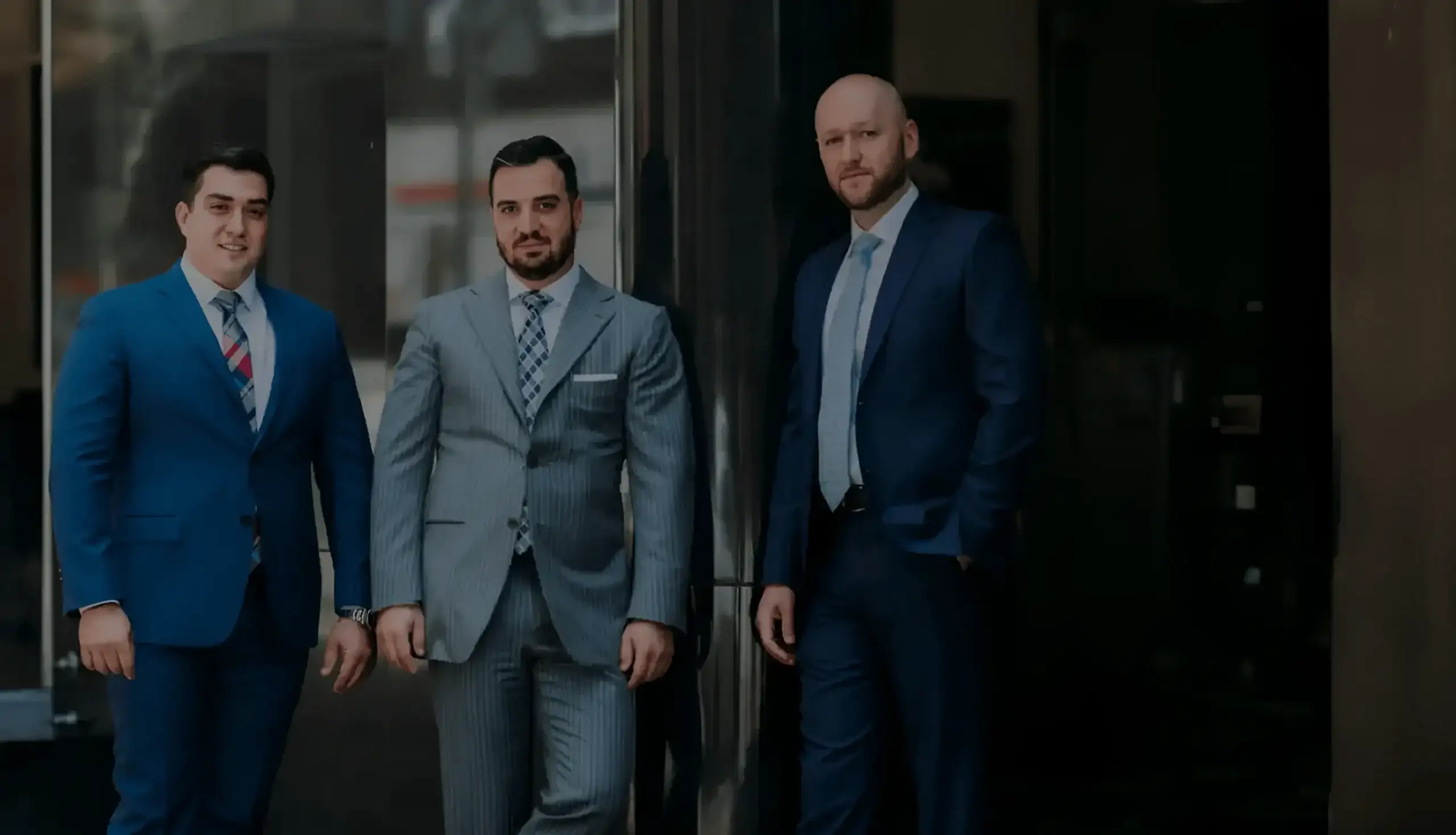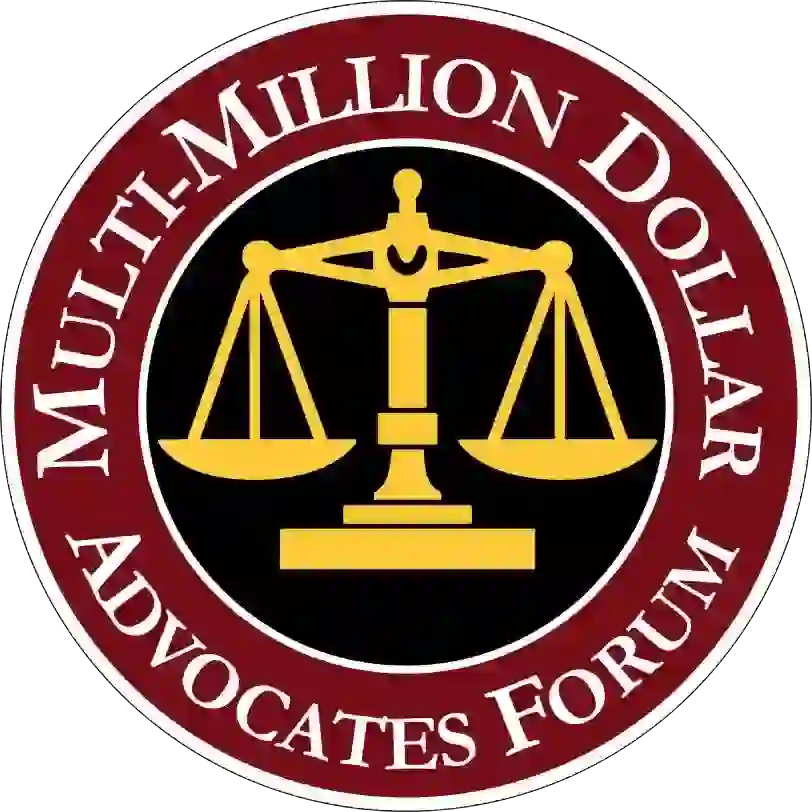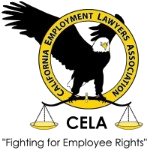What are Los Angeles's wrongful termination laws?
There are several types of wrongful termination. If you believe you were fired in violation of state or federal law, you might be able to pursue legal action against your employer. It is important to discuss your rights with a wrongful termination attorney in Los Angeles as early as possible.
Common types of wrongful termination in California:
- Public Policy Violation
- Discrimination
- Retaliation
- Defamation
- Breach of Contract
An example of a public policy violation would be if an employee reports unsafe working conditions to OSHA and is fired the next week without cause. Laws protect employees from being fired for asserting legally protected acts (like reporting safety violations). Wrongful termination could be tied to discrimination if an employee was fired because of a protected characteristic. Losing one’s job is one of the most common forms of retaliation, so the two often go hand in hand. If an employer fires someone to punish them for filing a formal complaint or supporting a coworker in their reports, this is considered retaliation.
Alternatively, if a California worker is falsely accused of stealing and is fired on the spot without any investigation or evidence, such termination demonstrates defamation and is wrongful. Breach of contract can be wrongful termination when an employer fires an employee in violation of the terms laid out in their employment contract. For example, an employee has a written one-year employment contract that states they can only be terminated for cause. They may have a claim if the employer lets them go without cause before the year is over.
Depending on the circumstances of the case, you might be entitled to compensation if you were illegally fired or laid off. Compensation may include, but is not limited to back pay and lost benefits.
WHAT CONSTITUTES WRONGFUL TERMINATION?
In short, being discharged from your workplace for an unlawful reason is the definition of wrongful termination.
A few examples of wrongful termination include:
- Discrimination of all types: If the employee was being harassed or discriminated against and reports the owner, and the owner fires the employee, this is wrongful termination.
- Retaliation for contesting a wage or overtime dispute: Wage disputes can also be the reason someone is wrongfully terminated. This means that an individual reported having their wages unpaid and the owner fired the employee for reporting it.
- Retaliation for denying a sexual harassment advance: In some cases, if the owner makes sexual advances to an employee, but the employee denies it, the owner may fire the employee. This is an act of wrongful termination that is illegal and the employee may be able to take legal action.
- Retaliation for refusing to partake in illegal behavior.
- Retaliation for filing a workers’ compensation claim.
- FMLA violations, such as being fired after having a baby or taking care of a loved one.
- Whistleblower retaliation.
- Constructive termination: if the employer makes the work environment unbearable to the point where the employee resigns.
WHO CAN BE HELD ACCOUNTABLE IN WRONGFUL TERMINATION LAWSUITS?
Most often, it’s the employer or the supervisor who fires the individual that would be considered responsible for the wrongful termination. In some cases, however, there may be other factors, such as a co-worker lying about an employee’s performance in order to get them fired.
It is also possible to hold the broader company liable if its policies or training (or lack of training) contributed to the wrongful termination in some way. For example, if HR received reports of discrimination or harassment but chose to ignore them, or if the company knew an individual had a history of retaliation but hired them as a manager anyway.
STEPS TO TAKE AFTER WRONGFUL TERMINATION
If you were illegally fired from your job, you need to act quickly to protect your rights. The first call you should make is to a practiced Los Angeles lawyer who can discuss your rights and responsibilities regarding your unlawful termination.
Steps to take if you were wrongfully terminated in California:
-
- Gather documents and other information related to your employment and termination. Any records or emails you can provide showing the discrimination might be helpful.
- Document everything, including names, dates, conversations, and incidents related to the termination.
- Contact an attorney. Consultations are free and confidential. It is strongly recommended that you consult with a lawyer as early in the process as possible.
- Avoid signing severance agreements before speaking with legal counsel.
- File a complaint with the California Civil Rights Department (CRD) or the Equal Employment Opportunity Commission (EEOC), if applicable.
- Decide how to proceed. With the help of legal counsel, you can determine the best way to proceed with your case.
If you were wrongfully terminated from your job, you deserve justice. Wrongful termination claims can take months to resolve. Do not wait until it is too late. Most wrongful termination claims are subject to strict deadlines. If a worker plans to file a claim with the EEOC, they may only have 180 to 300 days to file, depending on the circumstances.
AT-WILL EMPLOYMENT (AND EXCEPTIONS)
In California, most employee-employer relationships are considered “at-will.” At-will employment means that either party may terminate the employment relationship at any time. However, there are exceptions.
Exceptions to at-will employment in California include if a person was fired in violation of:
- An implied contract
- The implied covenant of good faith and fair dealing
- Public policy
An employee may also have a case for wrongful termination against an employer who engages in fraud or misrepresentation. An example of this would be if an employer knowingly misrepresented facts about the company during the interview process, which led the employee to accept the position. Courts could find this type of deception justifies a wrongful termination claim.
Just because you were hired as an at-will employee, it does not mean that an employer can fire you for any reason. Learn more about the exceptions to at-will employment by calling our Los Angeles office and speaking with a wrongful termination lawyer.
CONSTRUCTIVE TERMINATION
Constructive termination occurs when an employee is forced to resign because of an employer’s conduct. For instance, if an employer creates a hostile work environment that causes the employee to quit, it may be considered constructive termination.
Workers in this situation may not experience being fired or laid off outright, but the working conditions become so unbearable that they may feel they have no other option than quitting. Additional examples of constructive dismissal include sudden pay cuts, unreasonable workloads, or a pattern of negative reviews or disciplinary action despite positive results.
Courts apply a high standard to constructive termination claims. An individual will need to demonstrate a pattern of the work environment that led to the resignation.
Get Started Today

 facebook
facebook Instagram
Instagram Twitter
Twitter Linkedin
Linkedin Youtube
Youtube Tiktok
Tiktok

















